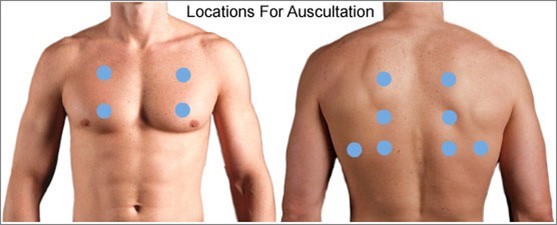Which client is best to assign to the practical nurse (PN) who is assisting the registered nurse (RN) with the care of a group of clients?
An adult who is one day postoperative for a laparoscopic cholecystectomy.
An older client who is one day postoperative with a colostomy for colon cancer.
An older adult who is scheduled for foot amputation due to diabetes complications.
An adult with alcoholism, cirrhosis, and hepatic encephalopathy.
The Correct Answer is A
Choice A rationale:
Assigning a client who is one day postoperative for a laparoscopic cholecystectomy to the practical nurse (PN) is appropriate. This procedure is minimally invasive, and the client is likely stable, requiring routine postoperative care such as wound assessment, pain management, and monitoring for any signs of complications.
Choice B rationale:
An older client who is one day postoperative with a colostomy for colon cancer may have complex postoperative needs, including colostomy care, monitoring for complications, and pain management. This level of care is usually within the scope of the registered nurse (RN) rather than a practical nurse (PN).
Choice C rationale:
An older adult who is scheduled for foot amputation due to diabetes complications is likely to have complex care needs, including wound care, diabetes management, and potential complications. This client would require the expertise of an RN rather than a PN.
Choice D rationale:
An adult with alcoholism, cirrhosis, and hepatic encephalopathy may have complex medical and psychosocial issues that require specialized nursing care. This client's condition is not appropriate for a practical nurse (PN) to manage, and the care should be provided by an RN or other specialized healthcare provider.
Nursing Test Bank
Naxlex Comprehensive Predictor Exams
Related Questions
Correct Answer is D
Explanation
The correct answer is D. Activate the lockdown procedure.
Choice A rationale:
Asking the mother about expected visitors is important for later investigation, but it does not address the immediate concern of a potentially missing infant and delays necessary security measures.
Choice B rationale:
Matching ID bands is an essential step in verifying the identity of infants and mothers, but it should follow initial actions to secure the area and prevent possible abduction.
Choice C rationale:
Determining if the newborn is in the nursery is a logical step but not the first priority. The immediate action should be to secure the unit to prevent any potential abductor from leaving.
Choice D rationale:
Activating the lockdown procedure is the first priority to ensure the safety of the infant and prevent any unauthorized individuals from leaving the facility. This step is crucial to quickly address the situation and prevent potential abduction.
Correct Answer is C
Explanation
When assessing an older client with left-sided heart failure (HF), the most important intervention for the practical nurse (PN) to implement is to auscultate all lung fields. Left-sided heart failure is characterized by the inability of the left ventricle to effectively pump blood, leading to fluid accumulation in the lungs. Auscultating all lung fields allows the PN to assess for the presence of abnormal lung sounds such as crackles, indicating pulmonary congestion.
Let's evaluate the other options:
a) Inspect for sacral edema.
Sacral edema is commonly associated with right-sided heart failure, not left-sided heart failure. While it is important to assess for edema in clients with heart failure, inspecting for sacral edema may not be the most immediate and crucial intervention in this specific case.
b) Measure urinary output.
Measuring urinary output is a valuable assessment in many clinical situations, but it may not be the most vital intervention in the context of left-sided heart failure. Monitoring urinary output is more relevant in assessing kidney function and fluid balance rather than directly assessing the severity of left-sided heart failure.
d) Check mental acuity.
Checking mental acuity is important in assessing the overall condition of the client, but it is not the most crucial intervention specifically related to left-sided heart failure. Mental status evaluation is more useful in identifying signs of altered mental status or potential complications, rather than directly assessing the impact of left-sided heart failure.
In summary, when assessing an older client with left-sided heart failure, the most important intervention for the practical nurse (PN) to implement is to auscultate all lung fields. This allows for the detection of abnormal lung sounds associated with pulmonary congestion, a hallmark sign of left-sided heart failure.

Whether you are a student looking to ace your exams or a practicing nurse seeking to enhance your expertise , our nursing education contents will empower you with the confidence and competence to make a difference in the lives of patients and become a respected leader in the healthcare field.
Visit Naxlex, invest in your future and unlock endless possibilities with our unparalleled nursing education contents today
Report Wrong Answer on the Current Question
Do you disagree with the answer? If yes, what is your expected answer? Explain.
Kindly be descriptive with the issue you are facing.
